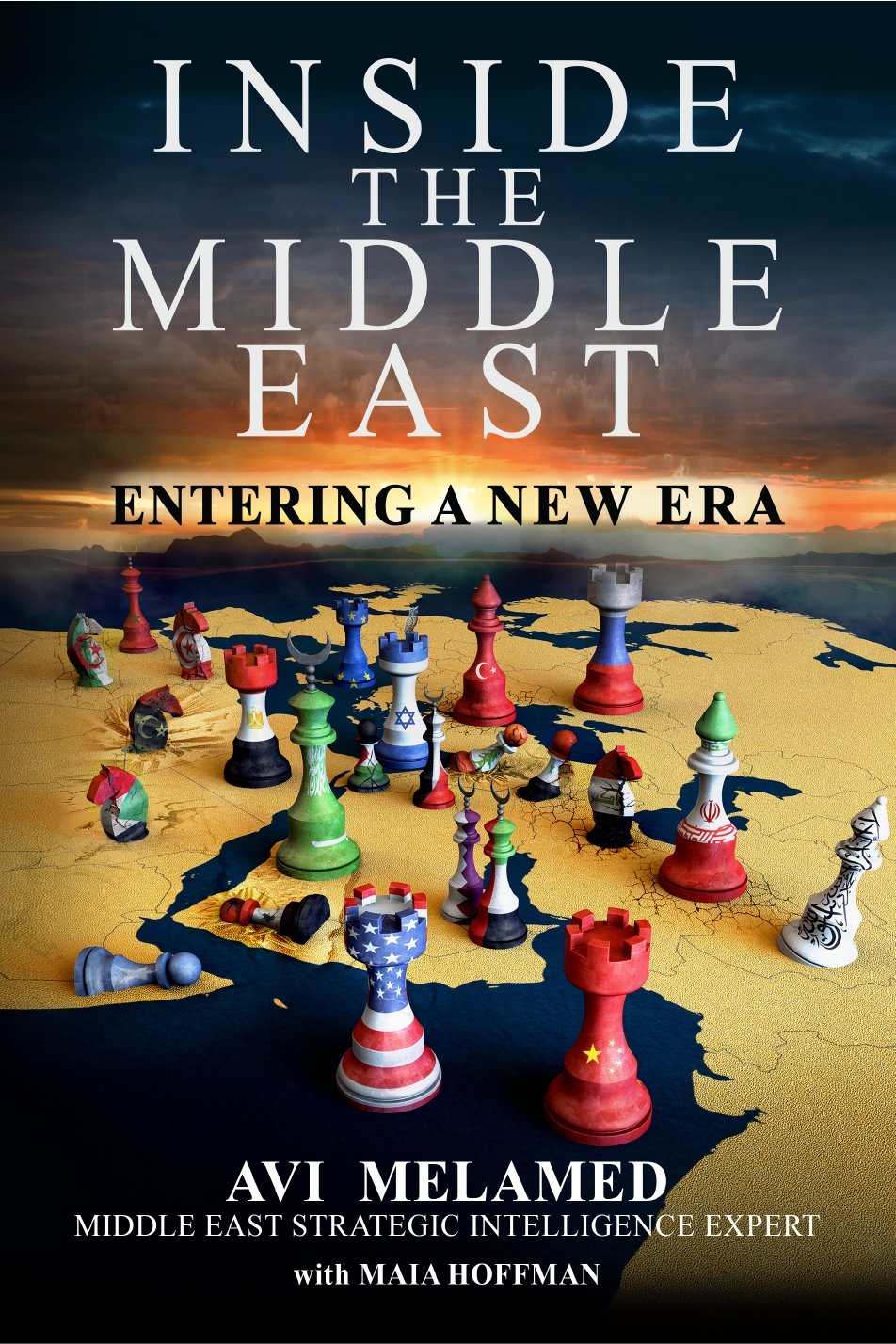|
Getting your Trinity Audio player ready...
|
Sunnis & Shi’ites | Two major historic struggles have played a central role in shaping the Muslim world and the Middle East.
One axis is the struggle between Sunnis and Shi’ites in Islam. The other axis is the rivalry between two large regional civilizations: The Arab civilization and the Persian civilization.
There are about 1.6 billion Muslims in the world. About 90 percent are Sunni and about 10 percent are Shi’ite.
The history of the split begins with the Prophet Muhammad, Abū al-Qāsim Muḥammad ibn ʿAbd Allāh ibn ʿAbd al-Muṭṭalib ibn Hāshim, the founder of Islam, who died in 632 in al-Medina, at, it’s said, the age of sixty-two.
After his death, Abū -Bakr, the prophet’s father-in-law, was chosen to be caliph, the supreme religious and political leader of the Islamic caliphate.
This marked the beginning of a divide within Islam. Some people believed that to be caliph, one needed to be a descendant of the Prophet Muhammad—others believed that the person should be chosen based on his skills and virtues, and need not be a descendant of Muhammad.
The fact that the first three caliphs—Abū Bakr, Umar (another father-in-law of Muhammad), and Uthman (a member of a very powerful family, the Umayyads)—were not descendants of the Prophet Muhammad indicates that most Muslims at the time likely believed that leadership should be based on merit, not bloodline.
Muslims who argued that a direct relative of Prophet Muhammad should have been the next in line to the caliphate called for this to be ʿAlī ibn Abī Ṭālib, Muhammad’s cousin and son-in-law.
Muhammad had no sons of his own who lived to adulthood, so by giving leadership of the Muslim world toʿAlī and his heirs, a bloodline-based leadership would be preserved.
The believers in a merit-based rule became known as the Sunnat al-Nabi (the Path of the Prophet), or in short, Sunnis. The believers in a bloodline-based rule became known as Shīʻatu ʻAlī, meaning “Ali’s faction,” or in short, Shīʿites or Shīʿī (Shi’ites), members of the Shīʿah (Shia).
When Caliph Uthman was killed, ʿAlī proclaimed himself the fourth caliph. Sunnis consider ‘Ali the last of Prophet Muhammad’s “rightly-guided caliphs.” For the Shi’ites, he was the only one deserving of the role, since the others were not related to the Prophet Muhmmad by blood. After just five years in power, in 661 CE, ‘Alī was assassinated. At the time of his death, he had twenty-one children from nine different women. Four of his children were with his first wife,
Fāṭimah, the daughter of Prophet Muhammad: their eldest son, Hasan, their second-born son, alḤusayn ibn ʿAlī, known as Ḥusayn, and their two daughters, Zaynab and Umm Kulthūm. Following ʿAlī, Hasan ruled for a short time, but abdicated after six or seven months, at which time, his brother Ḥusayn demanded the throne. The caliphate at that time was ruled by the powerful Umayyad dynasty, and the caliph, Yazīd ibn Muʿāwiyah ibn Abī Sufyān, was not pleased with Ḥusayn’s political aspirations, and so the struggle for control became violent.
On the tenth day of the month of Muharram (the Forbidden), the first month in the Islamic calendar, in the year 680, soldiers of Yazīd killed Ḥusayn and his companions in the city of Karbala, located in modern-day Iraq.
The slaughter at Karbala is the cornerstone of the Shi’ite narrative. The killing of Ḥusayn, the grandson of Prophet Muhammad and the first legitimate imam in the eyes of the Shi’ites, pushed the debate between the bloodline camp, the Shi’ites, and the merit camp, the Sunnis, into full-force. Within the Shia faith, Ḥusayn has become a symbol of martyrdom and is considered by the Shi’ites to be the sayyid al-shuhada, the master of martyrs. Shi’ites commemorate the day of his death every year—on the tenth day of the Muslim month of Muharram, an occasion known as the day of Āshūrā (ten)—and curse Yazīd ibn Māwiyah. Some Shi’ites exhibit their solidarity with Ḥusayn by inflicting extreme suffering on themselves: they shave their heads and beat themselves with chains, knives, and swords, until they bleed. The ceremony is called taʿziyah (consolations).
Deep feelings of deprivation, grief, suffering, and being the victims of a profound injustice have become defining axioms of the Shi’ite narrative and existence, and there is a mystical dimension within Shia, which is expressed by an apocalyptic view of the world. A central figure in the Shia faith is the mahdi—the leader, the guide, the anointed one—who, it’s believed, will lead the Shi’ites to victory over the Sunnis and put Islam on a path toward redemption.
Both the Sunnis and Shi’ites have imams, but while a Sunni imam is a clergy position acquired through study and theological education, a Shi’ite imam is a religious leader who is a descendant of ʿAli. According to the Shia belief, imams rule because of their divine genealogy, designated by Allah, and passed from father to son. The imams are said to be immune from sin and error and to have perfect talents and characteristics, and a sublime knowledge, whose source is in their forefathers’ legacies and secret religious texts. A central principle in Shia is to have obedience, dedication, and loyalty to the imams. This is the basis for an important political concept developed by the leader of the Islamic Revolution in Iran, Ayatollah Ruhollah Khomeini, known as wilayat al-faqih, the ruler of the Shi’ite clergy.
The largest branch in Shia Islam is al-Ithnā ‘Asharīyah, also called Ithnā Imāmiyāh, Twelver Shia Islam. Adherents of this stream of thought, Twelvers, believe that there was a dynasty of twelve imams who led the Shi’ites for generations. The twelve imams began with ʿAli Hasan and Ḥusayn, and the eleventh imam was said to be Hasan ibn ‘Ali Muhammad, known as al-Askari. After al-Askari’s death in the year 874 CE, the role of imam is said to have passed to his son, Muhammad ibn Hasan al-Mahdī, who was only five-years-old at the time. Shi’ites believe that the boy, after being ordained, went into a cave where he spent sixty years, and from the cave sent his divine knowledge out into the world through his followers. This period of time is known in Shia as “the small absence.” After sixty years, it is believed that Muhammad left the cave and disappeared—what is known in Shia as “the big absence.” The Shi’ites, therefore, call him the “disappeared imam.” They believe, however, that he is not dead, but choosing to not be seen, and will appear again when he manifests himself as the messiah. (Another title for him is al-muntazar, the one expected to appear.) It’s said that when he reappears he will lead the Shi’ites to victory in a war in which most of the human race will be killed. And after war, peace and divine justice will prevail and humanity will know only growth and prosperity. There will be an Islamic State and the Islamic law of Allah, as it was given to the Prophet Muhammad, will reign on earth.
The struggle between Sunni Islam and Shia Islam has resulted in an abyss of hostility, differing ideological and theological opinions, political clashes, and
Another axis that has played a significant role in shaping the Middle East is the rivalry between the Arab and Persian civilizations.
If you want to have a better understanding of the news and what really drives the unfolding events…
Read the latest book of Avi Melamed,
INSIDE THE MIDDLE EAST | ENTERING A NEW ERA, available now >>>
Follow me on Twitter @AviMelamed; Facebook @InsideTheMiddleEast; for more Videos on YouTube https://www.youtube.com/c/AviMelamed
I can always be reached at Av*@********ed.com
































































